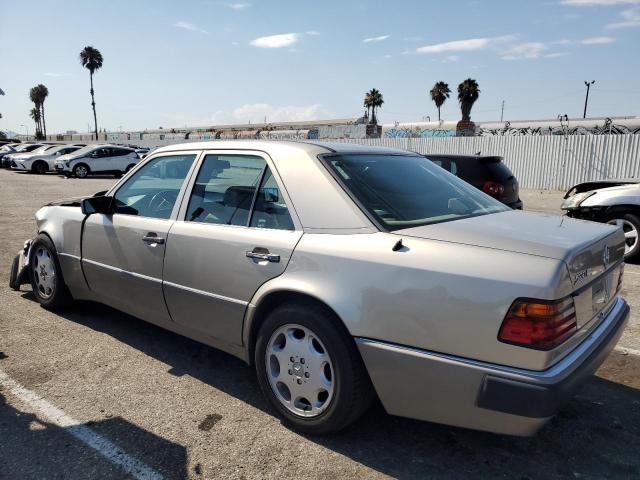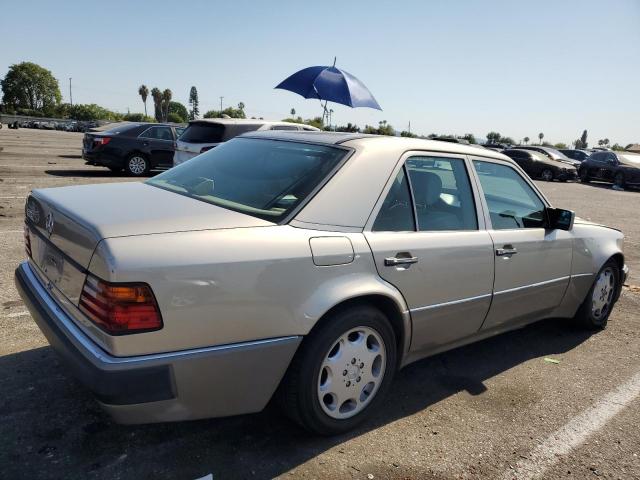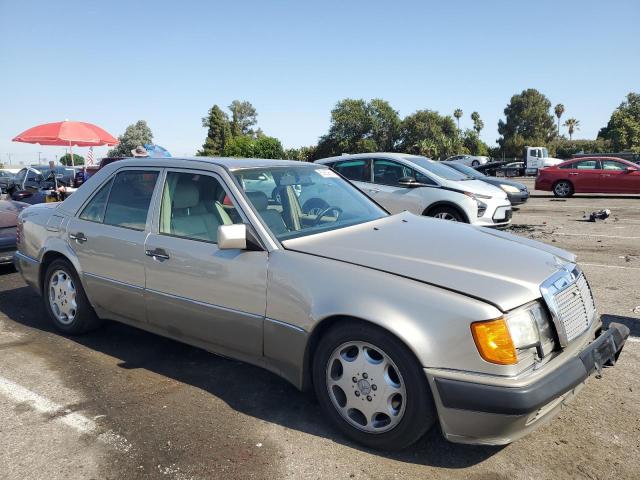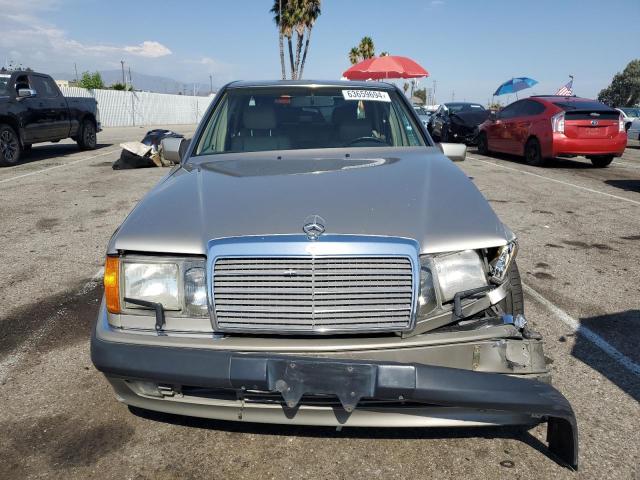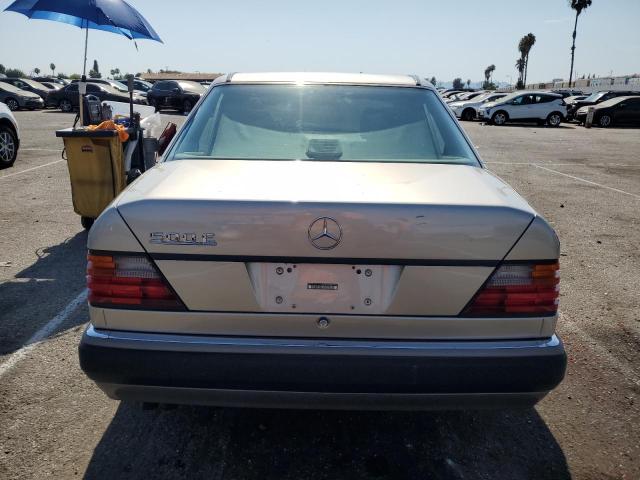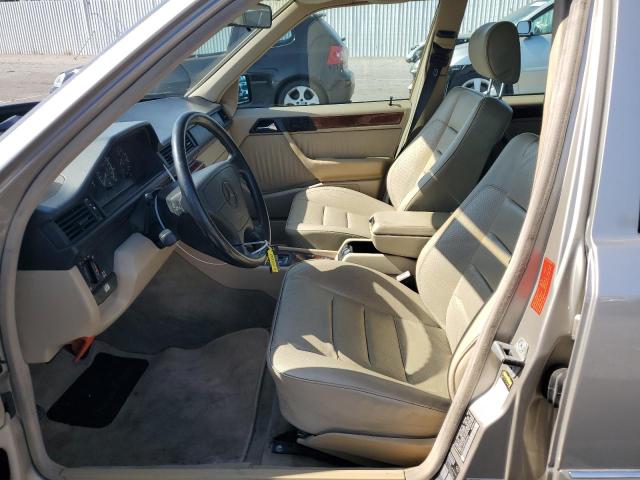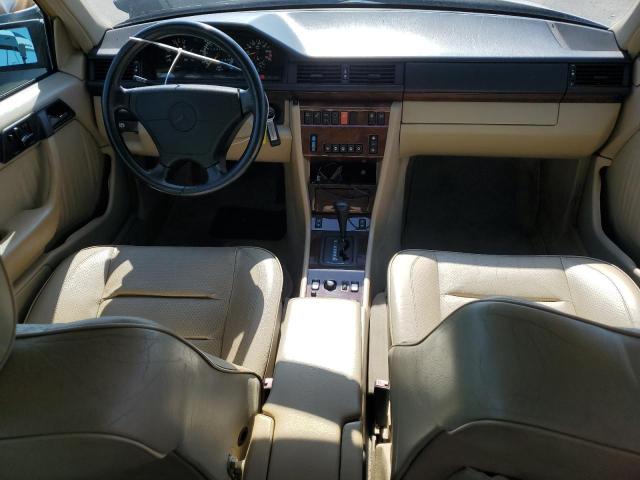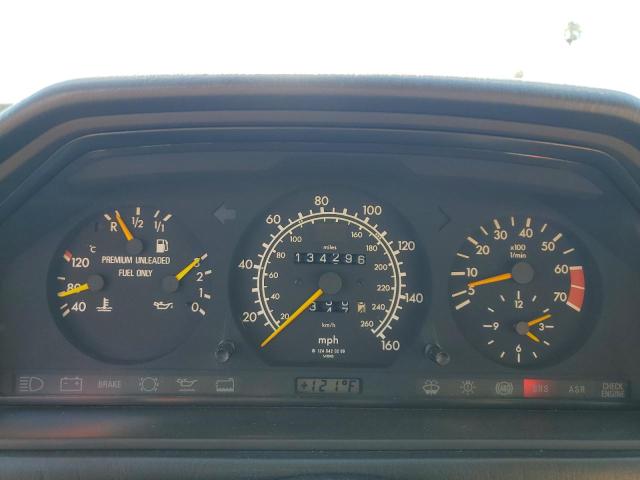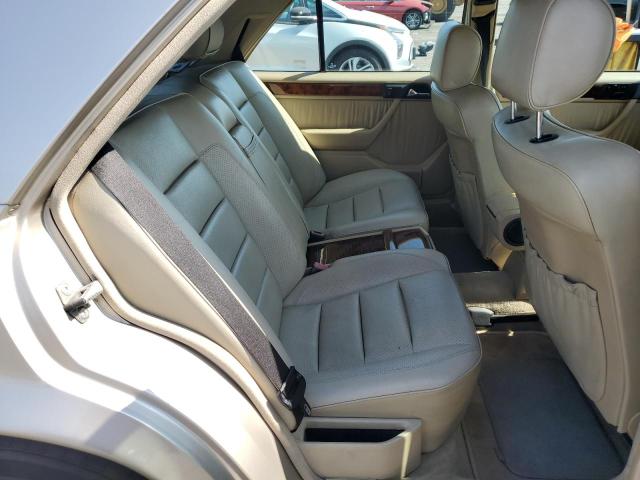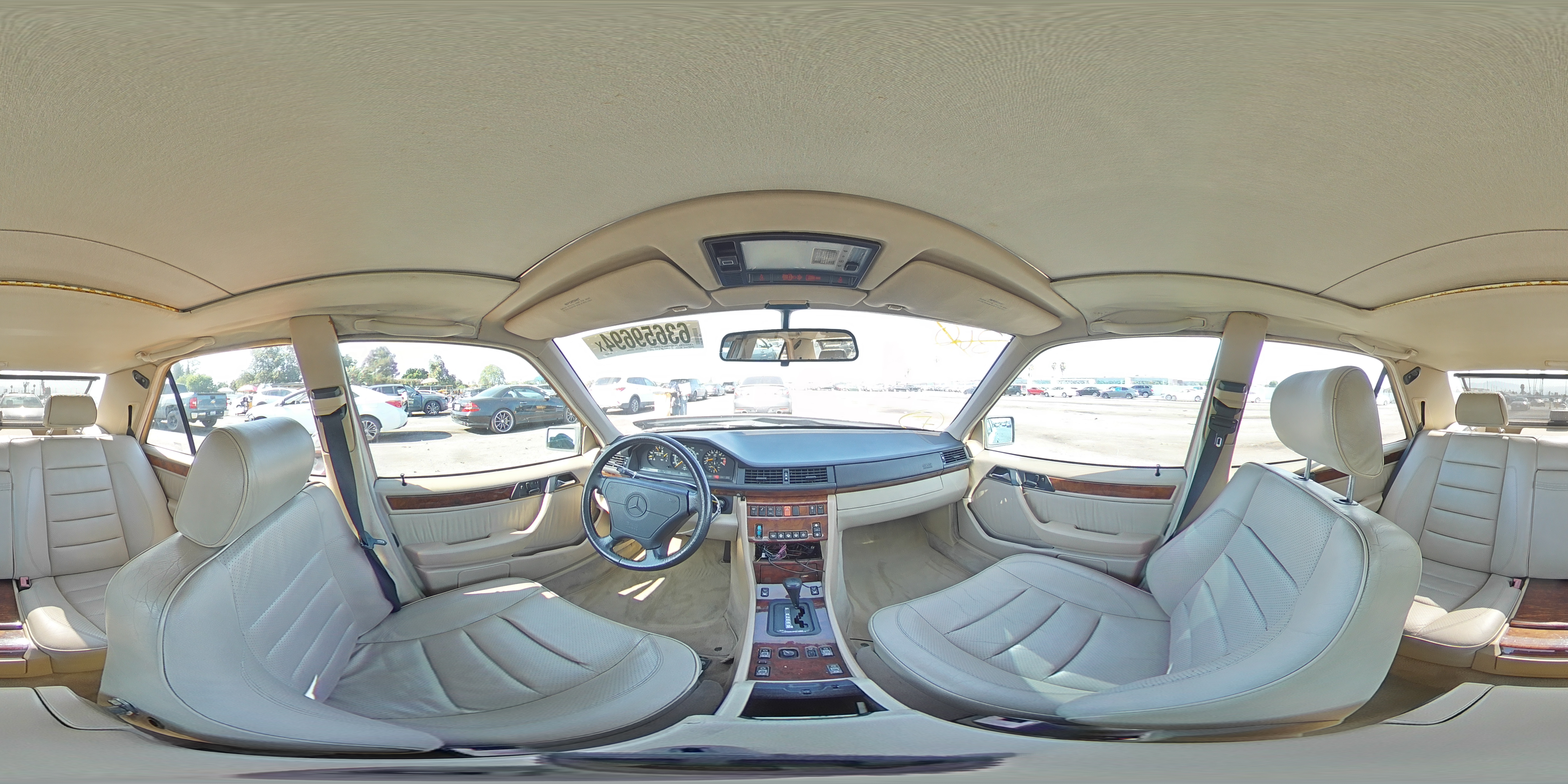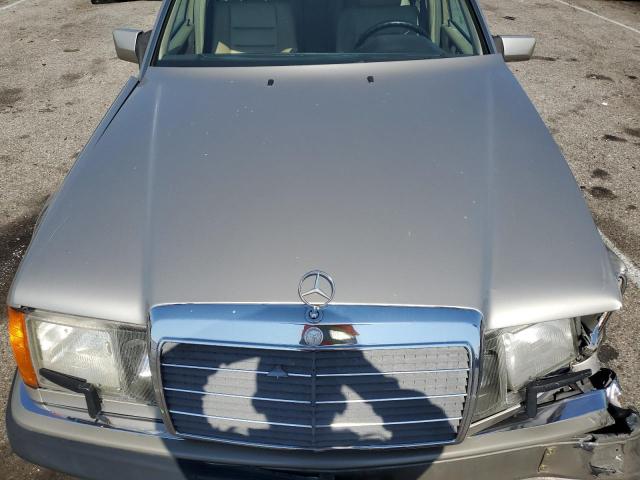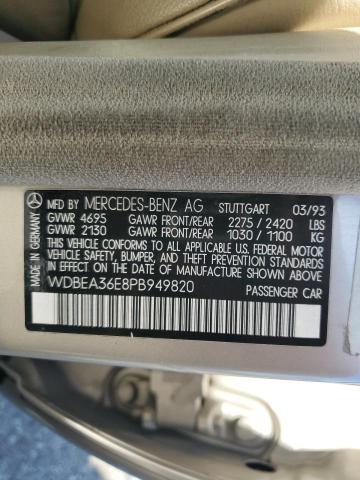1993 MERCEDES-BENZ 500 | WDBEA36E8PB949820
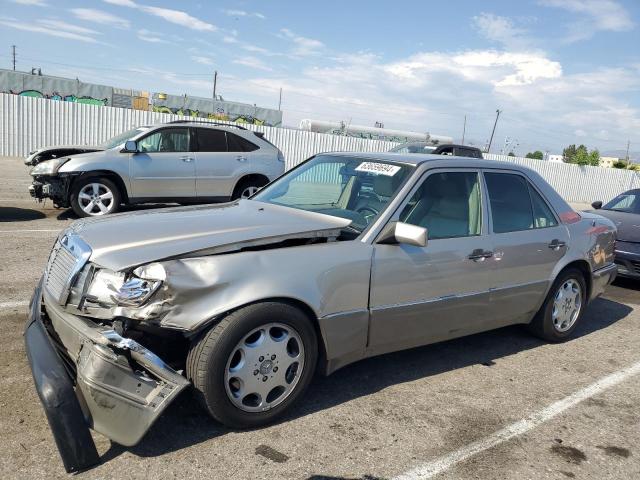 ❯
❯Lot details
- Sale Date2024-09-20
- Lot Number63659694
- ACV33163 $
- Sale documentCA - SALVAGE CERTIFICATE
- LocationCA - VAN NUYS
- Odometer134,296 miles (216,128 km)
- Primary DamageFRONT END
- SellerFarmers Insurance
Vehicle details
- Make
- Model
- Year1993
- FuelGAS
- Engine5.0L 8
- TransmissionsAUTOMATIC
- Drive TypeRear-wheel drive
Vehicle specifications
1
~$80,000
Engine: 5.0L naturally aspirated V8
Torque: 480 Nm
0–100 km/h: ~5.9 s
The Mercedes-Benz 500 E was a true wolf in sheep’s clothing — a hand-built high-performance sedan developed in collaboration with Porsche to create the fastest and most refined 4-door Mercedes of the early 1990s. Powered by the M119 5.0L DOHC naturally aspirated V8, borrowed from the 500 SL, it produced 326 hp and 480 Nm of torque, mated to a 4-speed automatic transmission.
Despite its size and luxury credentials, the 500 E could accelerate from 0–100 km/h in 5.9 seconds, rivaling supercars of its day. Its top speed was electronically limited to 250 km/h, but in de-restricted form, it could exceed that. Porsche re-engineered the W124 chassis to accommodate the V8 and upgraded components, including widened front and rear tracks, four-piston Brembo brakes, and a lowered, stiffened suspension that still delivered Mercedes comfort on long journeys.
The result was a car with the refinement of an E-Class, the engine of a grand tourer, and the chassis tuning of a sports car — a true benchmark for luxury performance sedans, and a spiritual ancestor to the AMG E-Class lineage.
Final Bid Mercedes-Benz 500 E (1993)
$38,750
$38,750
$38,750
Body Styles
The 500 E was available exclusively as a four-door executive sedan, based on the W124 platform, but with significant structural changes. Its proportions followed the classic Mercedes-Benz three-box layout, but it sat 25 mm lower, with flared fenders, wider tires, and a more aggressive stance. The subtle bodywork — wider but integrated wheel arches, fog lights embedded in the front bumper, and slightly deeper valances — gave it a muscular presence without visual exaggeration.
At 4.76 meters long, the 500 E retained the E-Class’s familiar silhouette but with hand-finished panel gaps, specific front and rear bumpers, and wider track widths that required Porsche to rework the entire underbody structure. All 500 E units were assembled at Porsche’s Zuffenhausen facility, then sent back to Mercedes for finishing — a unique bi-manufacturing process due to the complexity of fitting the large V8.
Model Name Meaning (Manufacturer)
“500” denotes the 5.0-liter V8 engine, while “E” originally stood for “Einspritzung” (fuel injection) but by this era was used to indicate mid-size executive sedans within Mercedes’ lineup. The “500 E” badge placed it at the top of the W124 range, denoting maximum performance and luxury.
Body & Interior Colors and Rims
The Mercedes-Benz 500 E (1991–1994) was the epitome of understated performance, and this theme carried into its selection of body colors, interior trims, and wheel designs. While visually discreet, every detail of the 500 E was engineered with purpose — and subtle enhancements set it apart from its more conservative E-Class siblings.
Exterior paint options included a tightly curated range of deep metallic and solid hues. Common finishes included Pearl Black (199), Brilliant Silver (744), Bornite Metallic (481), Almandine Red (512), Smoke Silver (702), and Imola Grey (972). These colors emphasized refinement over flamboyance, with paint quality and depth that gave the 500 E a commanding yet low-profile presence. Some early models were also finished in Blue-Black Metallic (199) or Anthracite Grey (172), while rare examples featured Spruce Green (904) or Azurite Blue (366), often through special order. All factory-painted cars featured monochrome body-color lower cladding, distinguishing them from other W124 variants which often had two-tone panels.
The car’s widened front and rear fenders, designed to accommodate a wider track, were seamlessly blended into the bodywork by Porsche during final assembly. The 500 E sat 23 mm lower than a standard E-Class, with a more aggressive stance, but the overall silhouette remained clean, elegant, and functional — lacking any flamboyant badges or exaggerated aero elements.
Inside, the 500 E offered a cabin of executive-class luxury, enhanced with subtle sporty details. Standard upholstery included Black (261), Mushroom (275), Brazil (264), or Grey (268) leather, while optional upgrades through the designo or Individual programs included two-tone combinations, contrasting piping, and full leather dashboards. European versions could be configured with checkered cloth seat inserts, though most were ordered with full leather. Standard features included power-adjustable orthopaedic Recaro front seats, heated front and rear seating, Zebrano wood trim, and an automatic climate control system.
Trim choices typically centered around Zebrano wood, though Burl Walnut was also available. Later models introduced black wood veneer or carbon-effect inserts through special packages. Switchgear was classic W124: ergonomically intuitive and engineered for longevity. Unlike later AMG models, the 500 E was devoid of overt logos or visual gimmicks, relying on material quality and precision fitment for impact.
Wheels were a core part of the car’s identity. Standard equipment consisted of 16-inch 8-hole forged alloy wheels, measuring 8 inches wide, with a distinctive flush face and rounded openings — painted in Silver Metallic (paint code 640). The wheels were paired with 225/55 R16 high-performance tires, giving the 500 E a square and stable footprint. The subtle offset and wide stance perfectly complemented the car’s subtly flared arches.
Behind the wheels, the 500 E featured ventilated disc brakes all around, with larger 4-piston front calipers derived from the SL range. Calipers were painted silver or left unpainted depending on year and market. In some markets, buyers upgraded to 17-inch AMG Aero I or Aero II wheels, giving the car a more aggressive aesthetic while maintaining factory-approved geometry. Enthusiasts sometimes retrofitted E500 Limited "Evo II"-style wheels, which were introduced toward the end of production for limited-edition models.
Every visual element — from the deep bumper valances to the tailored ride height, flush wheel fitment, and rich metallic finishes — served a purpose. The 500 E looked restrained but radiated confidence, an expression of quiet authority and brutal capability.
Top Expensive Options
- Heated Rear Individual Seats: $1,000
- ASR (Acceleration Slip Regulation / Traction Control): $1,500
- Becker Grand Prix or Mexico Cassette Stereo: $1,200
- Power Tilt/Slide Sunroof: $1,100
- Integrated Car Phone with Console Controls: $2,000
- Rear Sunblind (Manual or Electric): $650
- Orthopedic Front Seat Adjustment: $900
- AMG Styling Package (Wheels, Bodykit – dealer option): $5,000
- Two-Tone Leather Custom Interior (Special Order): $3,500
- Limited-Slip Differential (early models): $1,300
vs Competitors
The 500 E faced off against the BMW M5 (E34), Jaguar XJR, and Maserati Quattroporte IV. While the BMW was sharper and more manual-focused, the 500 E offered more torque, smoother delivery, and a more refined cabin. The Jaguar was charming but unreliable, and the Maserati lacked the engineering polish.
What made the 500 E exceptional was its blend of brute force and subtle grace — it didn’t chase lap times; it crushed distance with calm authority and mechanical excellence. Its V8 delivery was elastic, its cabin vault-like, and its legacy timeless. Today, it’s often cited as the original super-sedan, predating the modern AMG era with style and discretion.
Fun Fact
Every 500 E was hand-assembled at Porsche’s factory in Zuffenhausen, taking 18 days to build each car. The partnership was born out of necessity — Porsche had space and engineering expertise, while Mercedes needed help shoehorning a V8 into the W124 platform. Ironically, this cooperation occurred just as Porsche was struggling financially and helped keep its assembly lines active. The result? A rare German collaboration that produced one of the most iconic sedans of the 1990s — fast, rare, and deeply respected.



